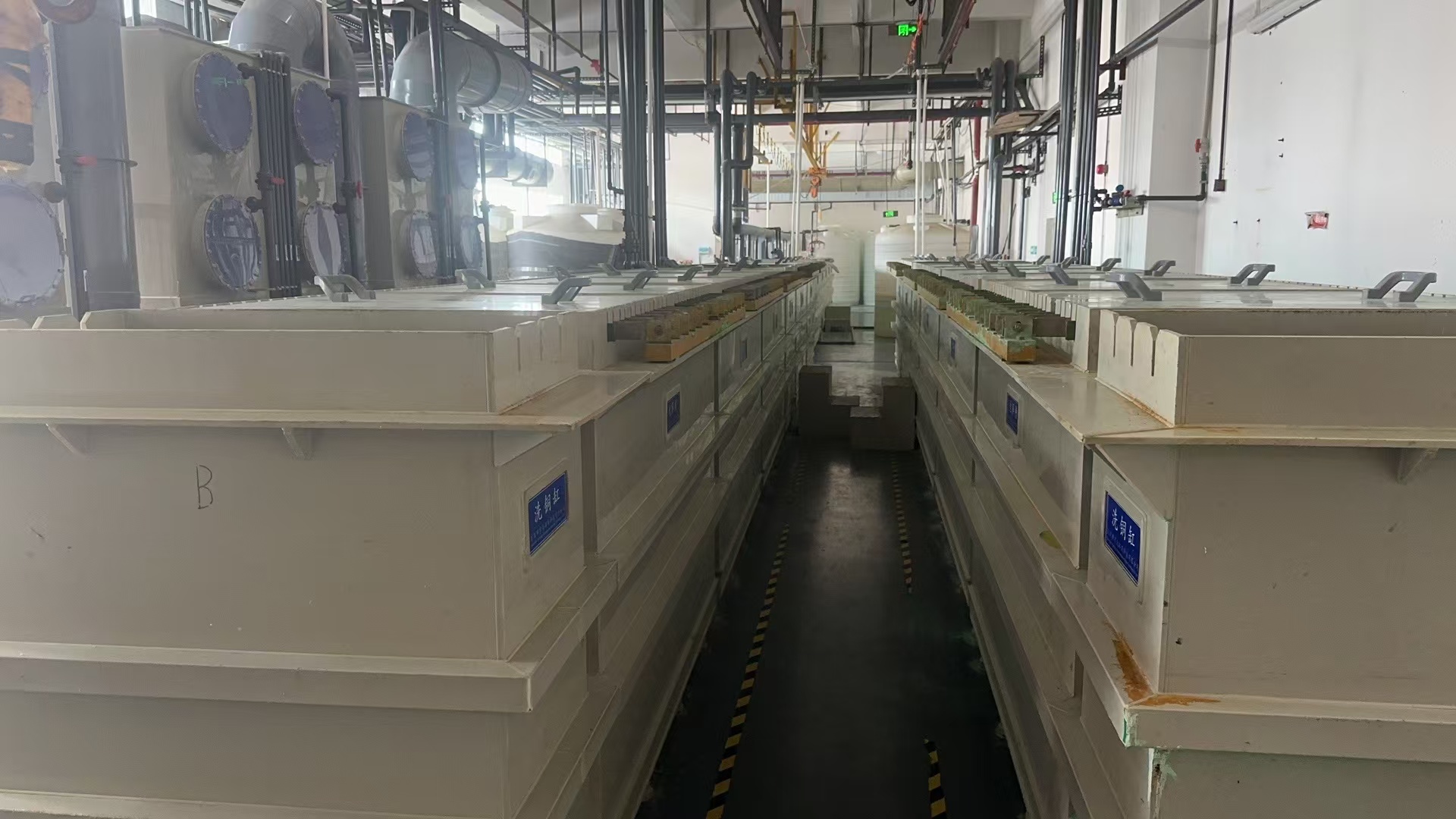NEWS&EVENTS
Home > News&Events > Company news > Differences in equipment between electrolytic refining and electrolytic deposition of copper
The electrolytic refining and electrolytic deposition of copper differ significantly in terms of equipment, mainly in terms of raw material pretreatment, electrode system, and electrolyte circulation and purification system.

In raw material pretreatment, the core equipment for electrolytic refining is the anode casting workshop, which includes anode furnaces, holding furnaces, and casting machines. It is used to melt crude copper and cast it into anode plates, which then need to be shaped and leveled. Electrolytic deposition, on the other hand, relies on a leaching-extraction system. Leaching equipment includes heap leaching fields or stirred leaching tanks, while extraction equipment consists of a series of extraction tanks used to purify and enrich copper from the leaching solution. Its "raw material" is pure electrolyte transported by pipeline, and no solid raw material processing is required.
Regarding the electrode systems, the anodes of the two processes differ significantly. Electrolytic refining uses consumable crude copper anode plates, requiring associated handling and hoisting equipment; the residual electrodes must be returned for remelting after electrolysis. Electrolytic deposition, on the other hand, employs permanent, insoluble lead-calcium-tin alloy anodes that do not require consumption for several years, only periodic cleaning or replacement. For the cathodes, modern plants for both processes largely use permanent stainless steel cathode plates; the equipment is similar, facilitating mechanized and automated stripping.
In the electrolyte circulation and purification system, the electrolytic refining system is complex. Impurities easily accumulate in the "closed" environment, and copper concentration fluctuates. It requires a purification workshop, including equipment such as vacuum evaporators and crystallizers, to maintain composition stability and recover by-products. The electrolytic deposition system is relatively simple. In the "open-circuit" environment, waste electrolyte is mostly returned to the leaching process. The main equipment is a circulation tank and a pump, and no complex purification system is required because most impurities have been removed in the extraction process.
In summary, electrolytic refining plant equipment revolves around solid anode plate processing and complex electrolyte management, with the addition of precious metal recovery; while electrolytic deposition plant, as a terminal module of a wet production line, has simpler equipment and relies on the front-end system for raw materials.